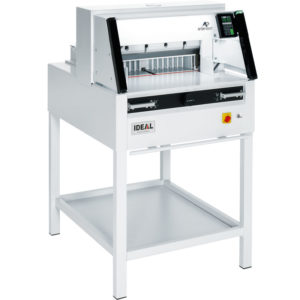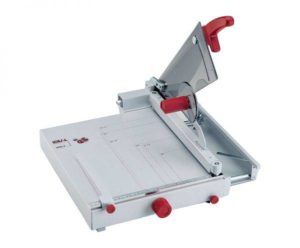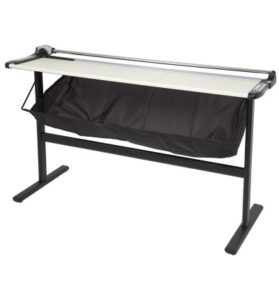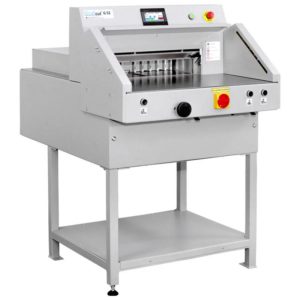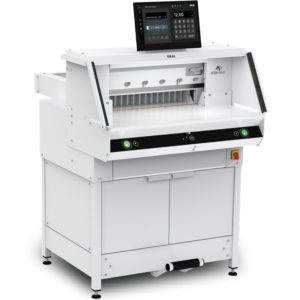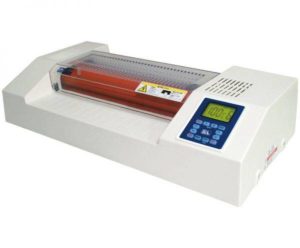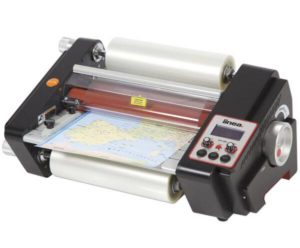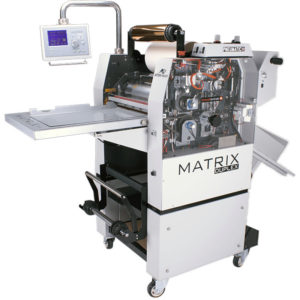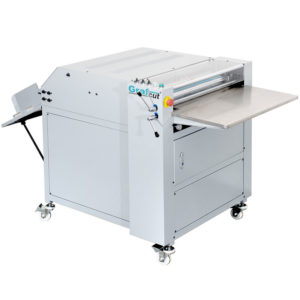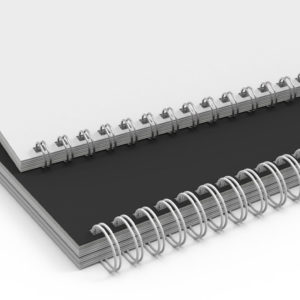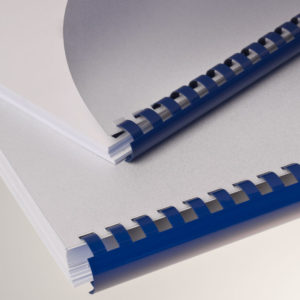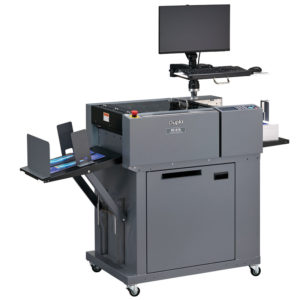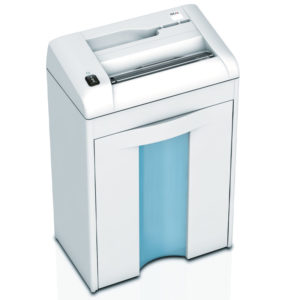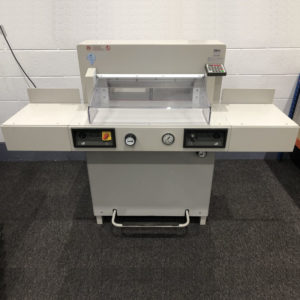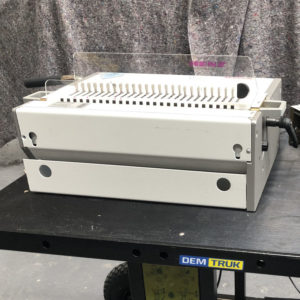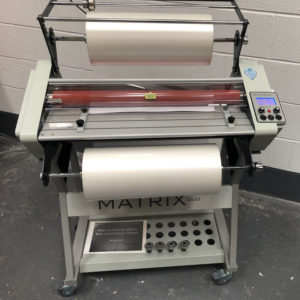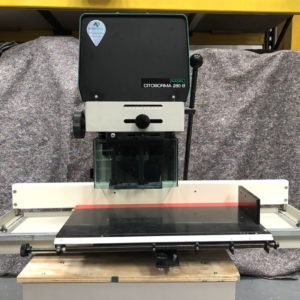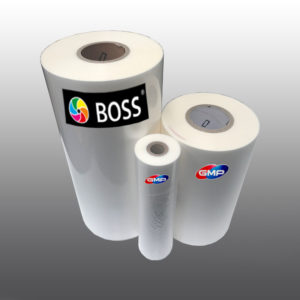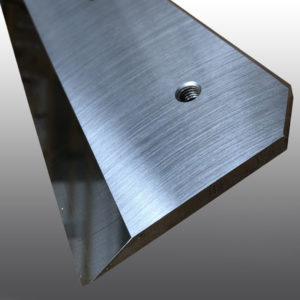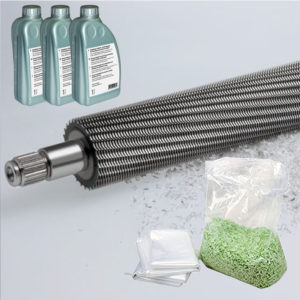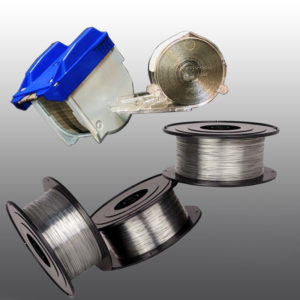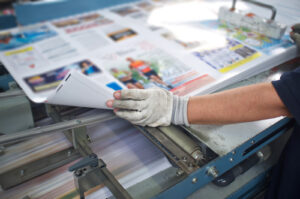26 June 2023
A Beginner’s Guide to Laminating Machines: Understanding the Basics
Are you new to laminating machines and wondering where to start? Look no further than AfterPrint’s beginner’s guide to understanding the basics of laminating machines. Whether for personal or professional use, this informative blog will provide you with everything you need to know about these handy devices. Let us help you make an informed decision when it comes time to purchase a laminating machine.
Types of laminating machines
Pouch laminators are popular among individuals and small businesses because they are easy to use and relatively inexpensive. They work by sealing a document inside a plastic pouch, which is then passed through the machine to be heated and sealed shut. These machines are ideal for protecting documents like photos or important certificates from damage.
Roll laminators, on the other hand, are larger machines that use rolls of lamination film rather than pre-made pouches. They can handle larger items like posters or banners, making them popular among print shops or schools. Roll laminators come in both hot and cold varieties depending on your needs.
Cold or heat-assisted lamination refers to the type of adhesive used in the process. Cold laminate does not require heat but instead uses pressure to activate the adhesive while heat-assisted lamination requires both heat and pressure to properly seal documents together. Which method you choose depends on factors such as cost, delivery time, collectability of printed materials etc., so it’s important to consider your specific needs when choosing a machine.
How do laminating machines work?
Laminating machines are a popular tool for protecting and enhancing documents, photos, and other materials. The process of lamination with a machine involves feeding the item to be laminated through two rollers containing adhesive film. This film is then bonded to both sides of the material using heat or pressure, resulting in a durable, long-lasting finish.
A typical laminating machine consists of several components and features such as heating elements for hot lamination or cooling systems for cold lamination. The machine also has feed rollers that pull the material through, pressure plates that apply even pressure to ensure proper adhesion, and delivery trays where finished products collect after being processed. By understanding these basic components and following simple instructions on how to operate them correctly, users can achieve professional-looking results every time they use their laminating machine.
Why use a laminating machine?
Benefits of using a laminating machine over traditional methods are numerous. Firstly, it provides longevity to your documents or materials by protecting them from wear and tear caused by moisture, dirt, and other external factors. Secondly, it enhances the visual appearance of your work while giving it a professional look that is difficult to achieve with regular paper or cardstock.
Laminating machines have various applications in different industries such as education and printing. In an educational setting, teachers can use laminated materials for classroom activities like flashcards and posters which will last longer than traditional paper-based options. Similarly in printing industry lamination can be used for packaging designs and print jobs that require extra protection during delivery or cold storage transportation. With all these benefits considered together – investing in a laminating machine becomes an easy decision!
How to choose the right laminating machine
Factors to consider before purchasing a laminating machine include the size of documents you will be laminating, as well as how fast you need them done. Some machines offer cold lamination while others require heat, so it’s important to determine your specific needs beforehand. Comparing different brands available in the market can help you find one that meets your requirements within your budget.
Price range options for various types of users vary depending on factors such as size and speed capabilities. Some models may come with additional features like automatic document feeding or automatic temperature control, which add to their price tag. It’s also important to factor in delivery and collection options when making your final decision.
Tips for using a laminating machine
Maintenance is key to extending the lifespan of your laminating machine. Regularly clean the device and keep it free from any debris or buildup. A quick wipe down with a damp cloth after use can prevent adhesive build-up, while using cleaning solution for deeper cleans can help increase longevity.
It’s important to take safety precautions when operating a laminating machine. Always make sure that the device is turned off and unplugged before attempting any maintenance or adjustments, as well as ensuring that hands are kept clear of rollers during operation. Additionally, avoid placing any items over 0.4 inches thick in the machine, as this could cause jams or damage to both material and equipment.


